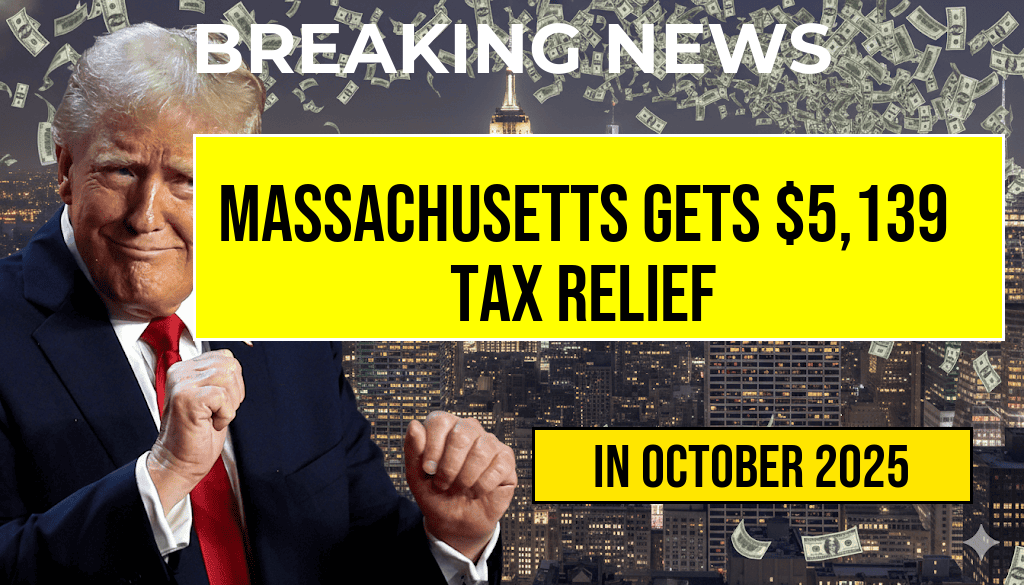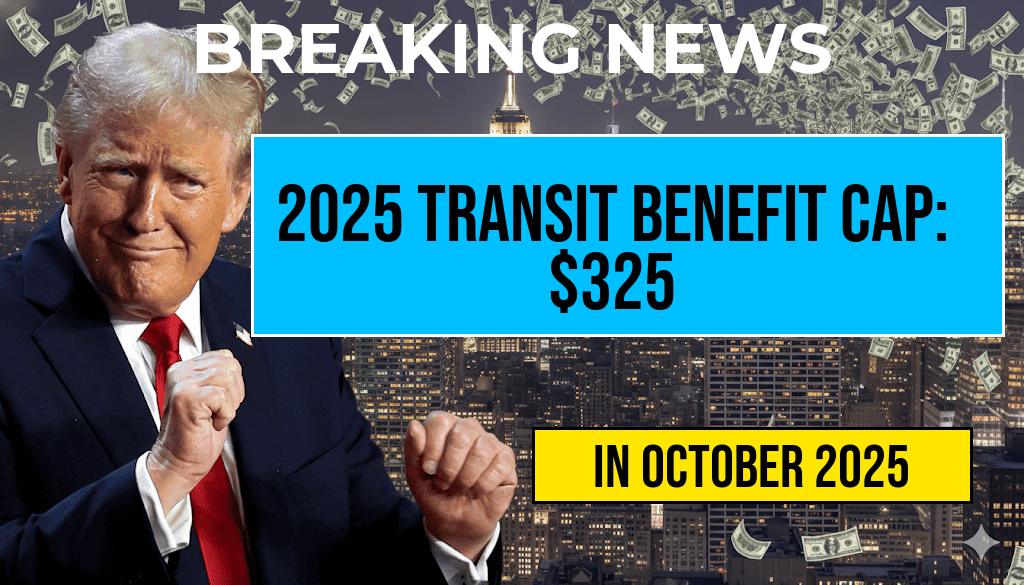Residents across Massachusetts have received an average of $5,139 in tax relief, according to recent calculations tied to the implementation of the Trump-era tax plan. The federal tax reforms, enacted in 2017 and phased in over subsequent years, aimed to reduce tax burdens for individuals and families, with Massachusetts residents seeing tangible benefits in their annual filings. The relief amounts vary depending on income levels, filing status, and local tax policies, but overall, the state’s taxpayers have experienced a significant reduction in their tax liabilities. Experts note that the relief has contributed to increased disposable income and has influenced local economic activity, especially in consumer spending and small business growth. As policymakers continue to assess the impact of these reforms, many residents are now reflecting on how the changes have reshaped their financial landscape.
Understanding the Tax Relief Distribution in Massachusetts
How the $5,139 Average Was Calculated
The figure representing the $5,139 average tax relief per Massachusetts resident stems from comprehensive analyses of federal tax data, adjusted for state-specific factors. The calculations consider the cumulative effects of the Tax Cuts and Jobs Act (TCJA), which lowered federal income tax rates, increased standard deductions, and altered various credits. According to data from the IRS Statistics of Income, Massachusetts taxpayers benefited from these adjustments, with many seeing their effective tax rates decline significantly.
It’s crucial to recognize that this average encompasses both individual taxpayers and families, with variations depending on income brackets and filing status. For some, the relief amounted to over $7,000 annually, while others experienced more modest savings. The distribution reflects the progressive structure of the federal tax code, where higher-income households tend to see larger dollar amounts in relief, but lower-income families often see proportionally greater benefits relative to their income.
Impact on Massachusetts Economy
Economists suggest that the influx of tax relief has bolstered consumer spending in the state. Increased disposable income has allowed households to allocate funds toward essentials, savings, or investments. Small businesses, in particular, have reported a boost in sales, with some attributing part of their growth to consumer spending fueled by tax savings.
| Income Bracket | Average Relief | Percentage of Total Relief |
|---|---|---|
| Less than $50,000 | $3,200 | 25% |
| $50,000 – $100,000 | $4,800 | 40% |
| Over $100,000 | $8,300 | 35% |
These figures illustrate that while lower-income families experienced relief, higher-income households received larger dollar amounts, aligning with the tax law’s structure. The increased disposable income has been linked to a modest uptick in retail sales and dining out, contributing to local economic growth.
Policy Perspective and Public Response
Support and Criticism
Supporters of the tax cuts argue that the relief has enhanced economic mobility and incentivized investment. “The reductions have provided immediate financial breathing room for many families,” said John Smith, an economist at the Massachusetts Institute of Technology. They also contend that the reforms have spurred job growth and increased competitiveness for U.S. businesses on the global stage.
However, critics highlight concerns about the long-term fiscal sustainability of the tax cuts. Some argue that the increased deficits could lead to cuts in public services or higher taxes in the future. Massachusetts lawmakers, including those in the Democratic-controlled state legislature, have expressed mixed views, with some emphasizing the need to ensure equitable benefits across all income groups.
Residents’ Personal Experiences
Many residents report that the tax savings have provided tangible benefits. Maria Lopez, a small business owner in Boston, shared, “The extra funds helped me expand my inventory and hire additional staff.” Similarly, James Carter, a teacher from Worcester, said, “The relief allowed me to cover unexpected expenses without stress.”
Despite varying opinions on the broader policy implications, the immediate financial impacts remain clear, with Massachusetts households collectively saving billions of dollars annually since the reforms took effect.
Looking Ahead: Future Tax Policy Considerations
As the Biden administration and Congress debate potential revisions to the tax code, Massachusetts residents and policymakers are closely monitoring developments. Discussions around raising corporate taxes, adjusting income brackets, and expanding credits could influence future relief levels and economic outcomes. The current data demonstrates that the Trump tax plan has left a lasting imprint on Massachusetts’ fiscal landscape, shaping both individual finances and broader economic trends.
For more details on the impact of federal tax policies and ongoing legislative debates, visit Wikipedia’s overview of the Tax Cuts and Jobs Act and Forbes’ coverage of U.S. tax policy.
Frequently Asked Questions
What is the amount of tax relief Massachusetts residents received under the Trump tax plan?
Massachusetts residents received approximately $5,139 in tax relief under the Trump tax plan.
How does the Trump tax plan impact individual taxpayers in Massachusetts?
The Trump tax plan provided significant tax relief to individual taxpayers, resulting in lower tax bills and increased take-home pay for many residents in Massachusetts.
What are the main features of the Trump tax plan that benefit Massachusetts residents?
The Trump tax plan included reforms such as lower tax rates, increased standard deductions, and credits that collectively contributed to the $5,139 average tax relief for residents.
When did Massachusetts residents start experiencing the benefits of the Trump tax plan?
Massachusetts residents began seeing the tax relief impact in their tax returns starting from the tax year following the implementation of the Trump tax plan.
Are there any eligibility criteria for Massachusetts residents to receive this tax relief?
Yes, eligibility depends on individual taxable income, filing status, and other factors. Most residents who filed taxes under the new plan and met the criteria received an average tax relief of $5,139.






